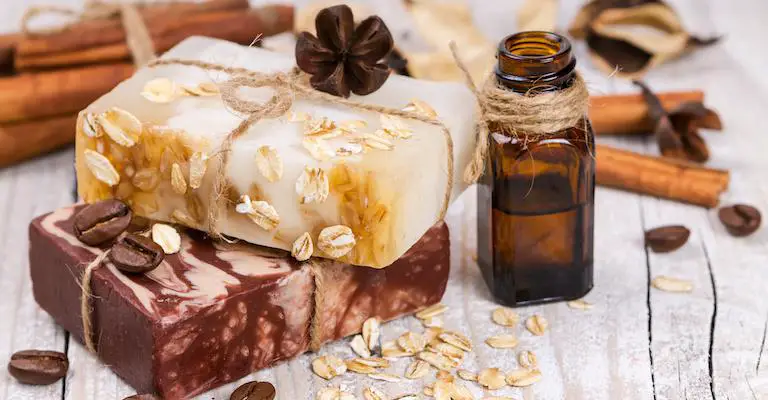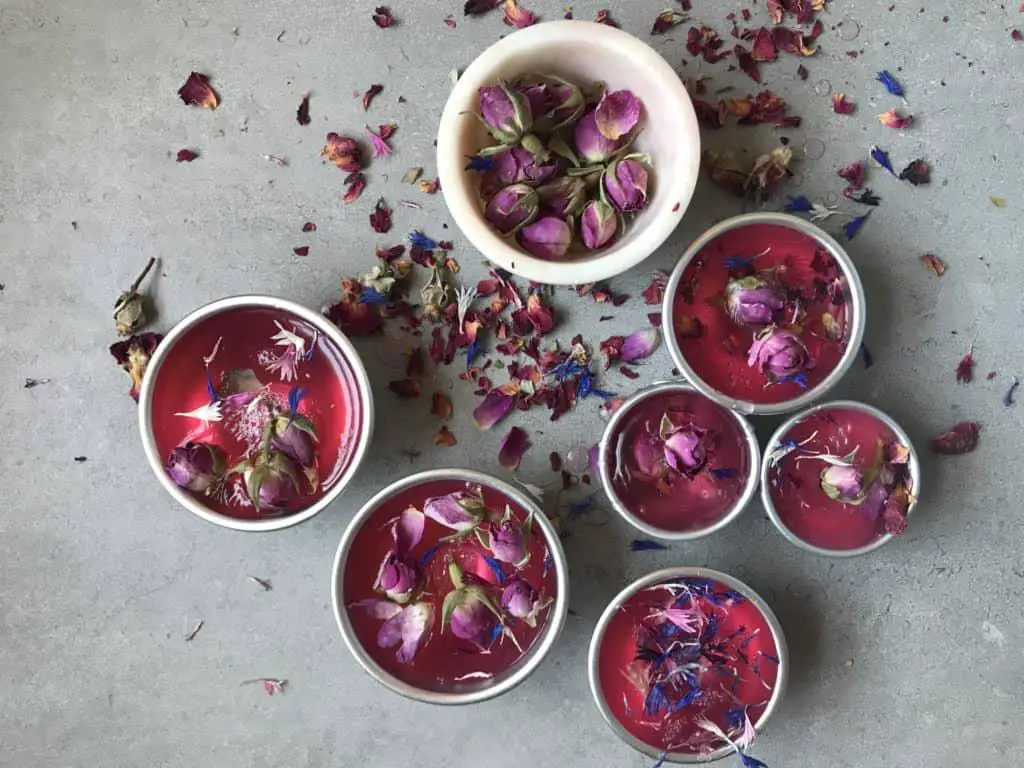
Soap making has come a long way since its discovery around six thousand years ago. Nowadays, there are generally four methods to make soap: the cold process, the hot process, the melt and pour, and the rebatch. Every soap maker has his or her personal preference, as each process has its pros and cons.
The Chemistry of Soap
Soaps are essentially made of the same basic structure. They are made of sodium or potassium fatty acid salts, which is the result of a process called saponification that occurs between a triglyceride and lye. Each soap molecule consists of a long hydrophobic hydrocarbon tail and a hydrophilic anionic head. Soaps are surfactants and are designed to improve the cleaning process by enabling water to remove greasy stains from just about anything, including skin, hair, and clothes. Beyond its cleaning ability, soap is also useful in many other applications, including its functionality in “canned heat.”
Creating Soap Without Lye
Lye is an alkaline liquor used to make soap and other cleaning products. There are several types of lye, and all are metal hydroxides, which means they contain a very high pH. That being said, it is no wonder many people are concerned about the safety of using it in making soaps. They are known to be caustic and extremely dangerous if not used correctly. So, perhaps one of the biggest questions for any interested soap maker would be, Can you make soap without lye?
The answer is yes, and no.
As negative as some perceptions of lye can be, it is impossible to make soap without lye. Understanding soap’s chemistry can go a long way, as illustrated above, and will help you understand that while the soap is made with lye, it does not contain lye.
However, for those who are still interested in making soap but do not want to bother with using lye, the Melt and Pour method is a great option. Since you will be working with a pre-made soap base, you will not have to worry about the toxicity of lye because someone else has already handled it for you. The saponification process is basically done. All you have to do is find your choice of soap base – be it goat’s milk, shea butter, olive oil, and many more. Then customize it with your favorite colors, fragrance, herbs, or flowers, and pour it into a mold. You can also add exfoliates, like ground oats.
Pros and Cons of the Melt and Pour Method
The Melt and Pour Method is a great option for any beginner. But like everything else, it has its advantages and disadvantages as compared to using the made-from-scratch method of cold process.
Pros
- It is an easy way to start working with soaps. Since the pre-made soap base has already gone through saponification, there is no need to work with lye right out of the gate.
- This method skips right to the fun of soap making and prevents first-timers from feeling overwhelmed.
- Children can even do this craft under parental supervision. They can create simple yet creative soaps without taking too much time and skill as long as they have the needed molds and additives.
- There is no need to use gloves and safety gear when working with this process.
- You can add small amounts of oil to your base. This includes fragrance oils and essential oils.
- This method is great for creating clean and straight layers. It is also pretty easy to shape the soap into whatever form you like as they will take on the shape of whatever it sets up in.
- Aside from the ease of making the soap, the cleanup process when using the melt and pour method is pretty straightforward.
- Once the final soap cools and hardens, it is ready to use.

Cons
- We do not know what ingredients go inside the pre-made soap base. There are a lot of claims that the ingredients used are all-organic or natural, but upon closer inspection, they are not. For instance, some pre-made bases contain pentasodium pentetate, which is used to provide stability and clearness in soaps by preventing oxidation. However, these agents have been shown to irritate the skin.
- The base is not fully customizable. Since saponification has already happened, you do not have the most freedom as to when using cold and hot processes.
- Adding milk, honey, or other additives that add too much liquid will affect the hardness of the final product. Fresh ingredients will also eventually just go bad.
- Making swirls as you would in cold compress soaps would become more challenging with this method because the final products cool and harden rather quickly.
The idea of soap making without lye is a lie. To be classified as soap, the FDA says that the product must be composed of animal fats or vegetable oils and lye. Therefore, without lye, you basically just have a bucket of fat.
The good news is that you can still start adding soapmaking to your craft without the need to handle lye. There are four methods of making soap, and one of them is the melt and pour method. This process is a great method, to begin with when you are still starting to work with soaps. However, like everything else, this method comes with its own sets of advantages and disadvantages.

